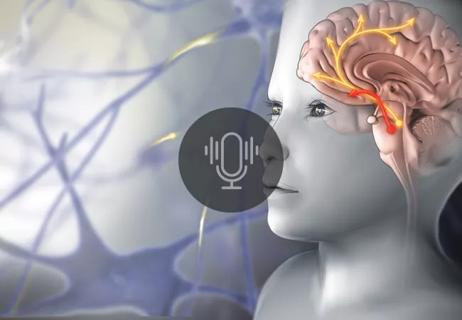Specialists in the growing specialty are well-positioned to foster seamless, high-value care

Nearly three decades ago, pediatric hospital medicine (PHM) established a new approach to care for hospitalized children.
Advertisement
Cleveland Clinic is a non-profit academic medical center. Advertising on our site helps support our mission. We do not endorse non-Cleveland Clinic products or services. Policy
“Previously, patients admitted to the hospital were cared for by their general pediatrician, who would go see them after finishing clinic. People started to realize there is value in learning how to care for children in the hospital, which is different than caring for children in clinic,” says Anika Kumar, MD in the Department of Pediatric Hospital Medicine at Cleveland Clinic. “Pediatric hospitalists really focus on making sure that there is seamless care from admission through care on the inpatient units and discharge.”
As one of approximately 60 physicians and nurse practitioners specializing in PHM at Cleveland Clinic, Dr. Kumar says the team brings value to all hospitalized pediatric patients, but especially newborns, rehabilitation patients and children with medical complexity.
Children with chronic, multisystem health conditions represent less than 1% of children in the United States, yet they account for more than 56% of all hospitalized patients and approximately 30% of all pediatric healthcare costs in U.S. children’s hospitals.
“We know how much healthcare costs in this country, and it continues to cost more,” says Dr. Kumar, who recently co-edited the book Pediatric Hospital Medicine: A High-Value Approach, along with Drs. Moises Auron, Colleen Schelzig and Sangeeta Krishna. “We want to make sure we are doing what’s right for our patients, not just in providing high quality, safe care but also making sure their families don’t go into debt getting that care.”
High-value care looks at the care provided versus its cost, says Dr. Kumar.
Advertisement
“We look at streamlining diagnoses to make sure we are providing evidence-based care while minimizing costs,” she says. Dr. Kumar and her colleagues accomplish this through careful consideration of diagnostic tests and adherence to clinical care pathways.
Dr. Kumar and her peers practice at four hospitals, including Cleveland Clinic Children’s Hospital for Rehabilitation. That experience has led to expertise in the most common diagnoses in pediatric hospital settings, which they share in the Pediatric Hospital Medicine book.
“We consider the disease process – why a patient should be admitted, what their treatment course should be and what to think about for discharge and transitions of care,” says Dr. Kumar.
For instance, pediatric hospitalists often see patients who have intentionally or unintentionally ingested potentially toxic substances. More than 2 million ingestions are reported annually to the American Association of Poison Control, approximately 65% of which are exposures to children and adolescents up to 19 years old.
Advertisement
“One of the first things we want to do in toxicology is figure out what medication a patient has taken. If we can’t, we consider where in the body a medication may harm a child,” says Dr. Kumar. “We worry about the heart, so every patient that comes in with some concern for ingestion gets an EKG.”
With older children the team also worries about co-ingestions, most commonly aspirin or acetaminophen, so they test for levels of those medications. In addition, they consult with poison control to ensure they are selecting the most appropriate antidote or treatment.
This is just one example of how the team adheres to evidence-based guidelines. It relies on the same process for all conditions, from asthma to bronchiolitis and seizures.
Relying on pediatric hospitalists to provide high-value care impacts patient outcomes.
“There is a lot of national data that says pediatric hospital medicine improves length of stay because we specialize in caring for hospitalized children,” says Dr. Kumar. “We provide uniform care and make sure we follow the most up-to-date evidence.At the end of the day, we do what’s best for the patient.”
Advertisement
Advertisement

Specialized clinic provides comprehensive care for pediatric patients with a high-risk history

Research aims to understand factors to help standardize practices

Programs bring age- and size-appropriate technology to children

Physician shares key considerations and other resources

Program has facilitated nearly 300 consults across 25 departments in less than a year

Diet has a profound impact on how the intestine functions

5 things a child psychiatrist wishes all pediatricians would do

How functional restoration can help children with these conditions marked by unexplained pain with stigmatized symptoms